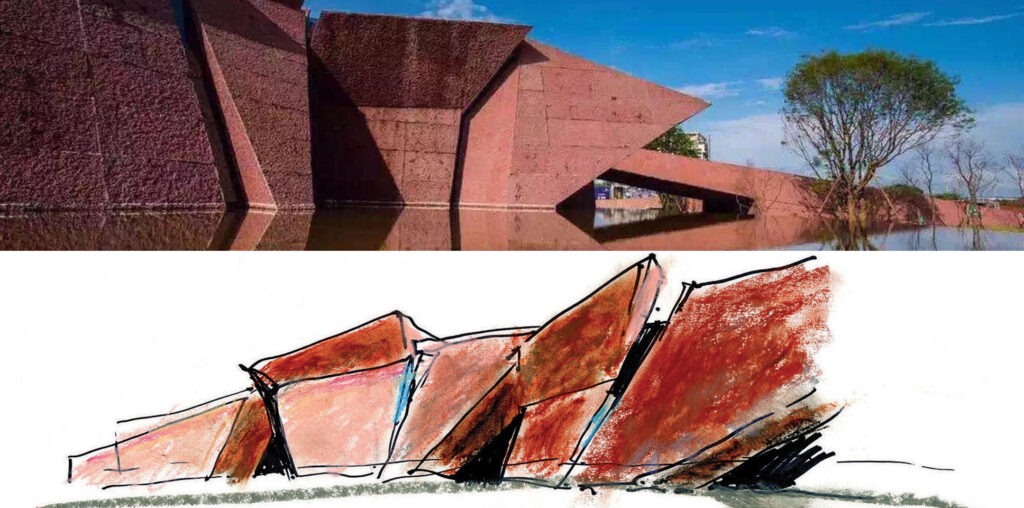For over a decade, Architizer’s A+Awards have been championing architectural excellence worldwide. This year, the program celebrates local innovation with global recognition. Click to enter before the Main Entry Deadline on Friday December 6th.
Although the sheer size of Chengdu’s 38 million-person population conjures images of highly urban topography, in reality, the nickname of Sichuan’s capital city is revealing: “The Garden City at the Foot of the Snow Mountains.” Bordered by the Longmen Mountains in the northwest and the Qionglai Mountains due directly west, the city bursts with bamboo-laden green spaces and set in a region smattered with lakes. These geographic features have played a decisive role in the city’s architectural growth, as exemplified in the iconic warm, red geological profile of the stunning building that will host Architizer’s 2024 A+Awards Gala on November 21st, 2024.
Designed by Antoine Predock Architects, LUXELAKES · The Water Theater stands out for its mix of iconic red bush hammered concrete, all-glass structural glazing system, and regionally sourced granite and bronze cladding. Taken together with its highly complex massing — the building varies from one floor to nine — the design appears like a geological formation rising alongside the lake and merging with the hillside. Drawing from Chinese culture, Sichuan’s landscape, the site’s agricultural history and the demands of a new city, the building could not be a more fitting venue for this year’s gala, hosted in partnership with LUXELAKES · A8 Design Center.
The building perfectly encapsulates the theme of the 13th Annual A+Awards: celebrating architecture that balances local innovation with global vision. The current A+Awards program is inviting entries through December 6th, 2024, with global recognition and international publication on offer for the winners. Get your entry started here:
Architizer’s Managing Editor Hannah Feniak sat down with Antoine Predock Architects’ Executive Senior Associate, Paul Fehlau, to discuss the process for designing a contextual masterpiece in a country and culture on the other side of the world. Introducing the concept of “portable regionalism,” he reflected on the legacy of the firm’s founder and the LUXELAKES · The Water Theater in Chengdu.
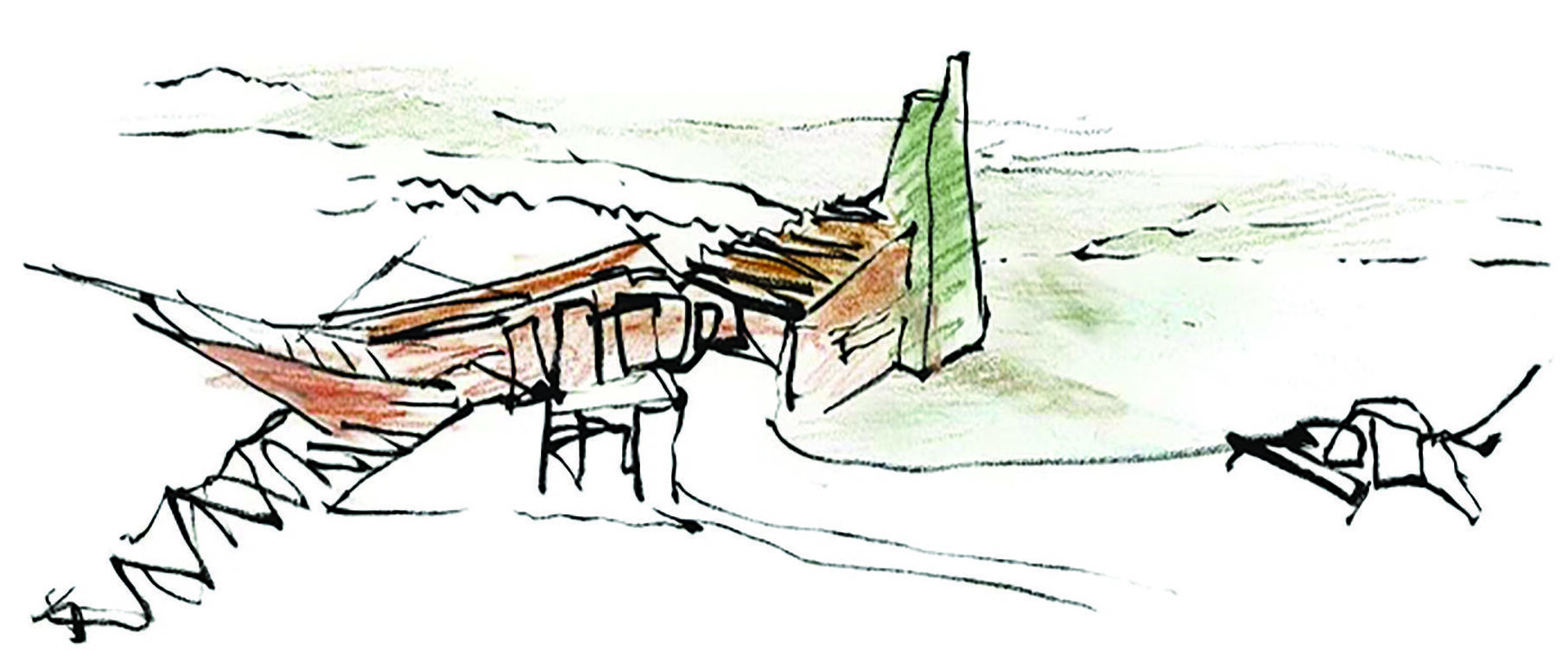
LUXELAKES · The Water Theater by Antoine Predock Architect, Chengdu, China
Hannah Feniak: Architizer’s A+Awards gala will take place at LUXELAKES · The Water Theater on November 21st, 2024, just one decade after work on the project began. Reflecting back, how do you feel about the project, and where does it sit for you in the context of your firm’s wider work?
Paul Fehlau: The project holds a very special place in our firm’s history. It was our first completed project in China and a very special design for a very special and engaged client. The client wanted to set the tone for their Luxe Lakes development with the Gateway Arts Center and they allowed us broad design latitude to engage the site entry and waterfront. The clients also supported the design with high quality materials and construction. The building achieved a sense of timelessness and we continue to be proud of the enduring beauty of the project.
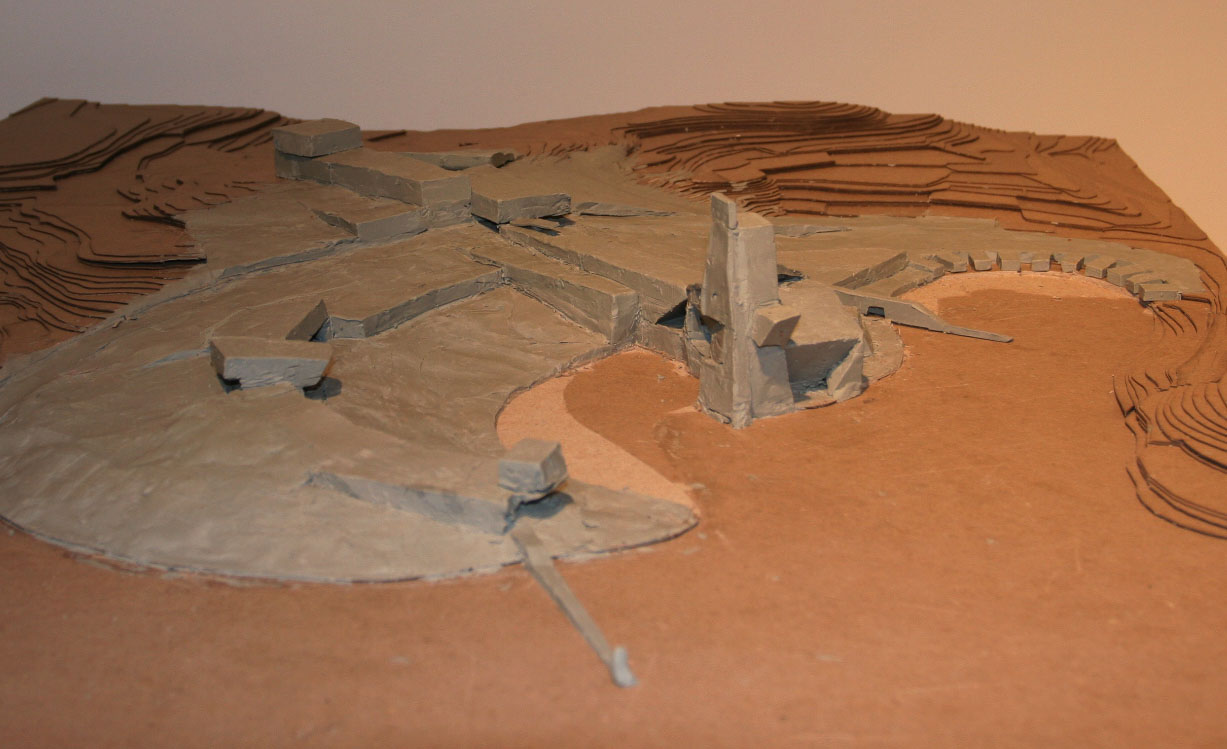
LUXELAKES · The Water Theater by Antoine Predock Architect, Chengdu, China
Models from the project’s design process reveal how the building was, from the beginning, conceived as part of the hilly topography surrounding the lake. The design also draws from Chinese culture, Sichuan’s landscape and the site’s agricultural history. As an American firm, what were the challenges of designing a highly contextual project from halfway around the world?
As Antoine always said, our regionalism is portable. He began his design practice here in the High Desert of New Mexico. It is a harsh climate with a deep natural and cultural history. It is not possible to work here successfully without taking these aspects in to account. Antoine built his practice on the principal of listening — that is listening to the land, to geologic and cultural history, to the dreams and desires of his clients, to the climate and any significant aspects of a project and site.
We carefully consider and catalog all of these understandings before launching any design process. This practice allows us to design structures that resonate with landforms and people far from our home. Our design practice was built on a place, a region, but the they way of interfacing with a people and a place are applicable to a wide variety of projects. Therefore — portable regionalism. Antoine’s desire to have a very specific understanding of each client, place and project explains the reason that no two Predock designs look the same.
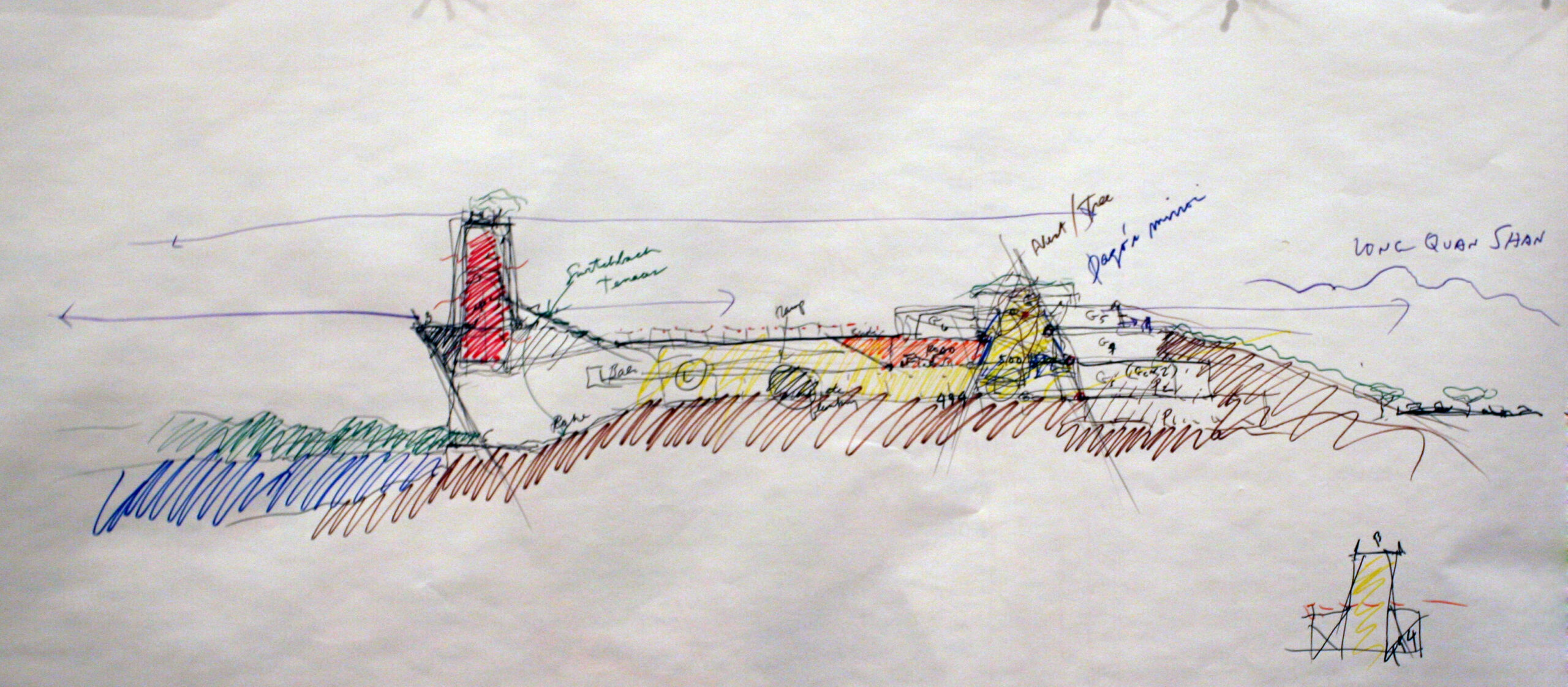
LUXELAKES · The Water Theater by Antoine Predock Architect, Chengdu, China
The building is massive, enclosing a total of 250,000 square feet, with volumes ranging from one floor to nine floors, with highly accessible roofs with pathways, plazas and areas of greenery open to the public. What were the challenges of taking such a complex design from concept to reality?
The program for the new structure was more of a joy than a challenge. The client’s encompassing vision for the new building gave us as designers so much to work with — it was an embarrassment of riches from a designer’s point to view. As you may know, the initial design for the program and building was quite a bit bigger than the building you see today. One big challenge was a change to the infrastructure in the luxe lake region during the early construction process. The design had to be adapted to these new constraints during construction. Thanks to the efforts of the client, contractor and local team one is unable to see that the building was significantly changed at this late stage.
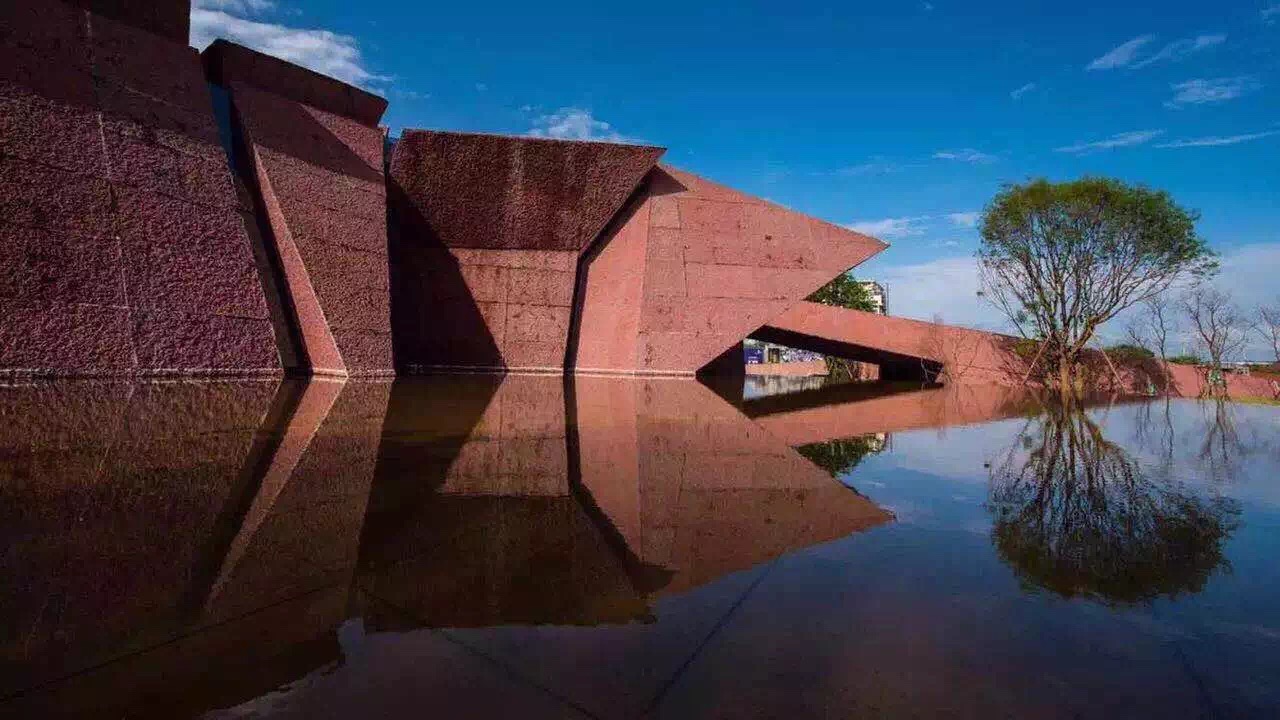
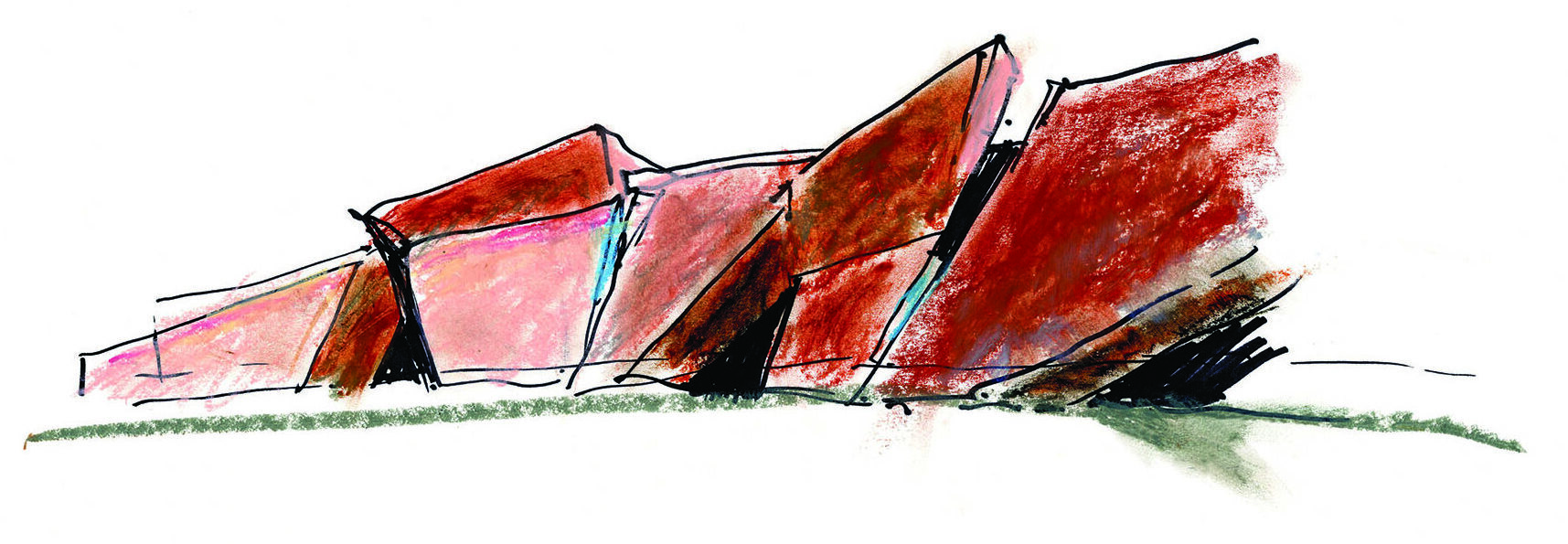
LUXELAKES · The Water Theater by Antoine Predock Architect, Chengdu, China
In addition to its uniquely varied massing, the building’s warm materiality stands out. Which materials and building products are central to the project, and why were they chosen?
The key material for the project is the bush hammered concrete. The color is derived directly from soil on the site. The hand bush hammering technique resulted in a beautifully variegated surface recalling natural sandstone formations around Luxe Lakes. Other important materials include the green roofs which blend the building into adjacent landforms. The cast bronze panels on the tower with their deep cultural resonance. And the polished stainless steel knife edges that soften the leading edge of the building and bring reflections of water and light into the structure.
Which details in LUXELAKES The Water Theatre are you particularly proud of and why?
The way the building embraces the lake and gently and informally terraces down to the water, creating pockets where guests can gather to chat, eat and experience the waterfront. The waterfront experience was always an important part of the design. But the actual experience is better than we could have imagined.
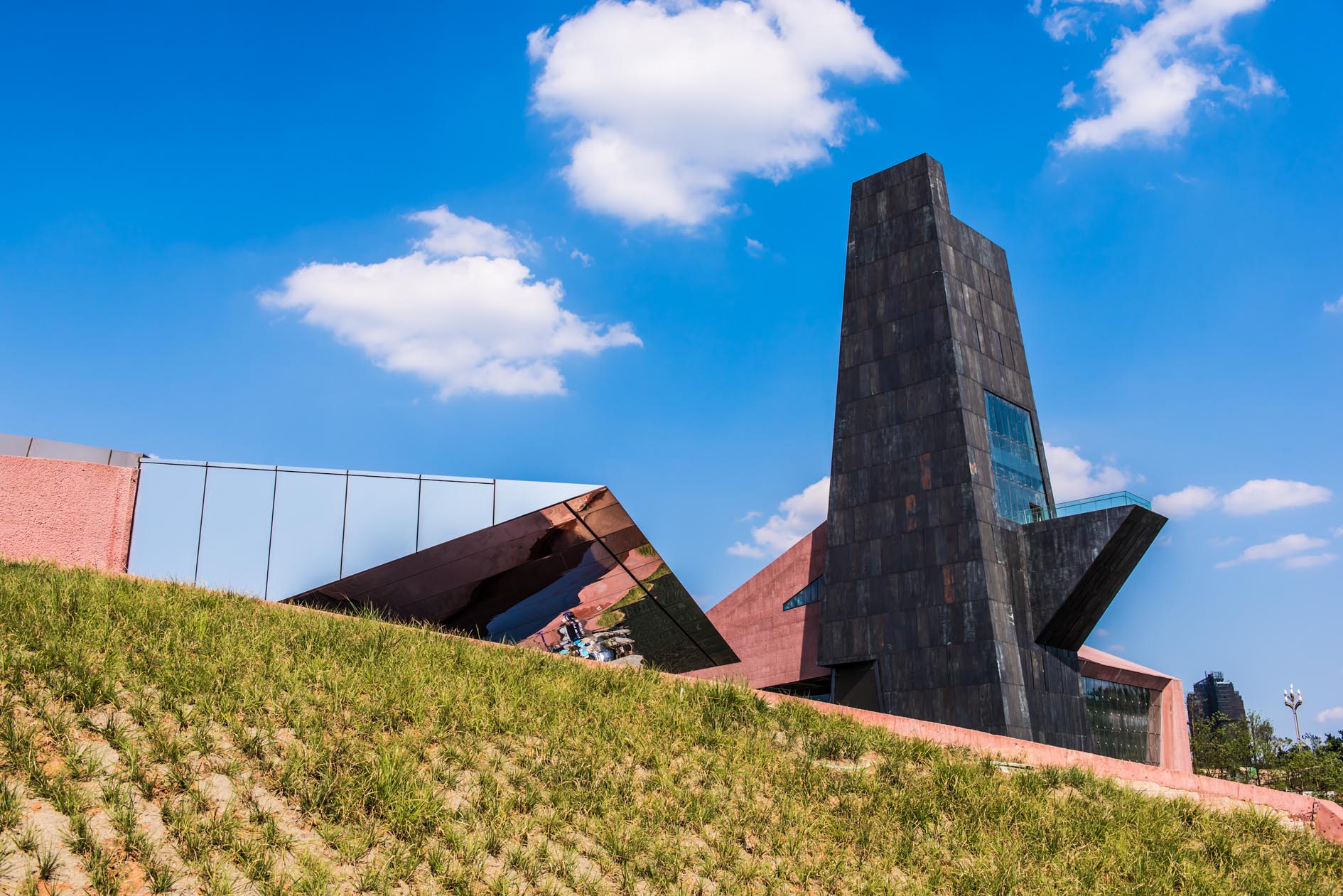
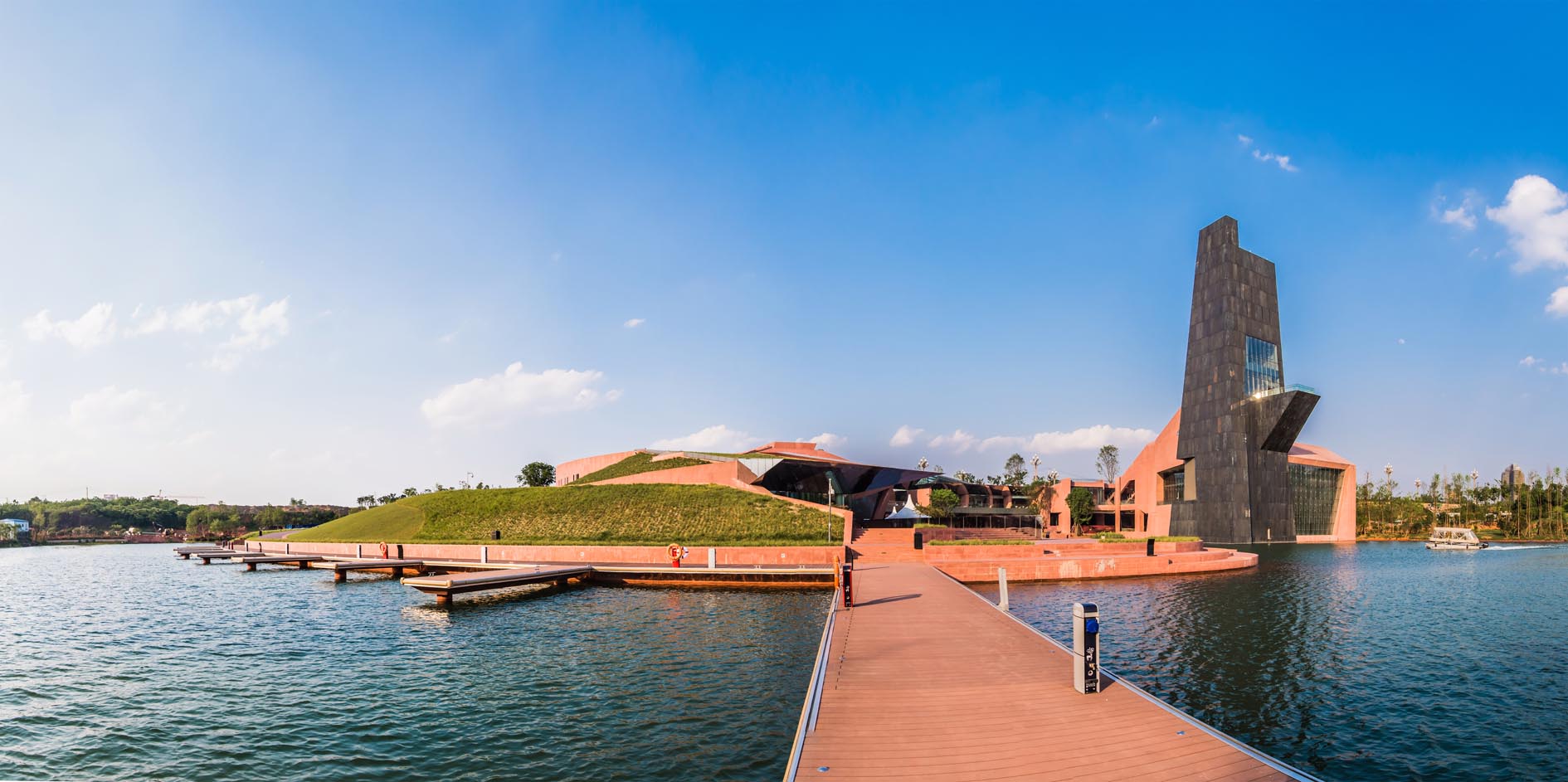
LUXELAKES · The Water Theater by Antoine Predock Architect, Chengdu, China
What has the public reaction to the project been like?
We have gotten a lot of very positive feedback from clients and visitors. I often get emails and texts from other designers who are visiting Chengdu and come across the building. It is a building that photographs well, but the photographs do not do the building justice. You really need to experience the space to get the full impact. And I often hear that people have been blown away by a visit to the center.
In the ten years since you took on this project, Chengdu has grown and changed as a city (as has the contemporary design landscape in China more broadly). How do you view this evolution in relation to your work on LUXELAKES · The Water Theater?
I haven’t been back to Chengdu in a few years but the last time I was at Luxe Lakes it was very rewarding to see the way the city had reached out to Luxe Lakes in the intervening years. It was also rewarding to see the way that Luxe Lakes has evolved and thrived with so many new and innovative structures on the waterfront. Chengdu, from my first visit, was an amazingly beautiful and engaging place and it’s been very rewarding to play a small part in the evolution of this important city.
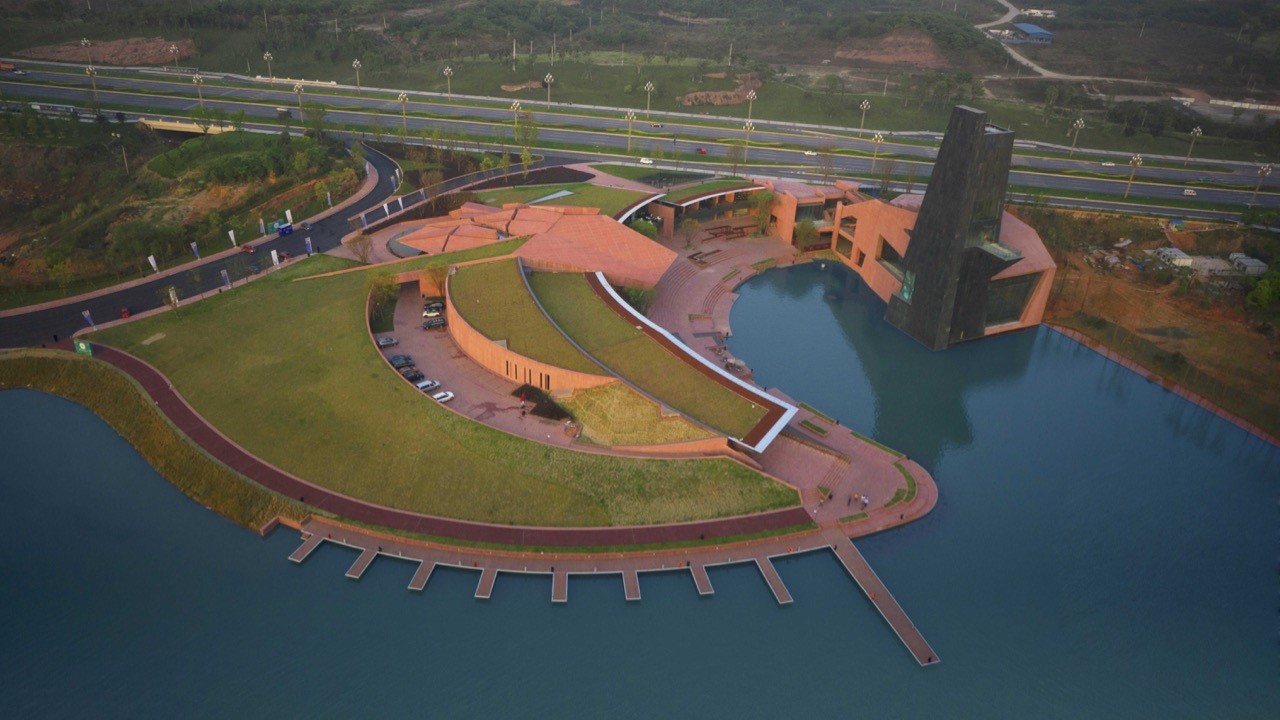
LUXELAKES · The Water Theater by Antoine Predock Architect, Chengdu, China
Finally, the theme of the 13th Annual A+Awards celebrates the way that architects are mediating between the industry’s global reach while responding to projects highly local needs. The landscape of New Mexico famously inspired the late Antoine Predock, but projects such as LUXELAKES The Water Theatre demonstrate his sensitivity to local context on a global scale. As your firm looks ahead, how do you plan to carry his legacy forward?
During his lifetime, Antoine design process considered land, climate, energy, culture and time within architecture. He never intended that his process would create a static results but instead would inspire design experimentation rooted in site, climate and humanity. Antoine was always carful to acknowledge that we has humans only have a limited time and experience in the small band between earth and sky and that we need to use our time to make people’s lives richer. In honoring Antoine’s legacy we continue his experimental design practice focused on site and culturally specific design.
For over a decade, Architizer’s A+Awards have been championing architectural excellence worldwide. This year, the program celebrates local innovation with global recognition. Click to enter before the Main Entry Deadline on Friday December 6th.
